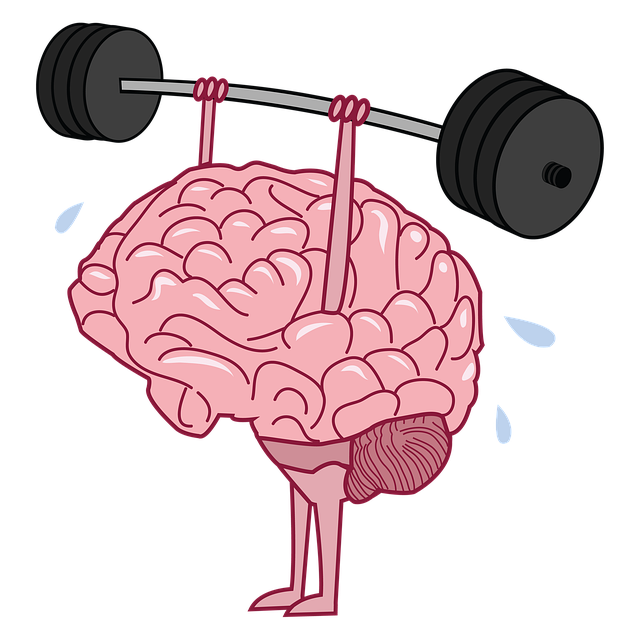Play therapy offers a unique approach to cater to the emotional well-being of adolescent teens, with risk assessment as a cornerstone. Therapists assess potential dangers within the play environment, creating tailored harm minimization plans that address each teen's individual needs. This involves evaluating historical contexts, current emotional states, and behavioral patterns, promoting positive engagement to build confidence. The ultimate goal is to establish a secure space for self-expression, enabling effective intervention and support for healthy development through play therapy for adolescent teens.
Risk assessment and harm minimization planning are vital components of therapy for adolescent teens in play therapy. This comprehensive guide explores key aspects, from understanding risk assessment techniques tailored to this age group to identifying potential harms and their sources. We delve into developing effective minimization plans, implementation strategies, and continuous evaluation methods. By the end, professionals will be equipped to foster a safe and supportive environment for teen play therapy.
- Understanding Risk Assessment in Play Therapy for Teens
- Identifying Potential Harms and Their Sources
- Developing a Comprehensive Minimization Plan
- Implementation and Continuous Evaluation Strategies
Understanding Risk Assessment in Play Therapy for Teens

Play therapy is a powerful tool when it comes to understanding and addressing adolescent teens’ emotional and psychological needs. Risk assessment plays a pivotal role in this process, as it helps mental health professionals identify potential hazards or risks within the play therapy environment. By thoroughly evaluating these risks, therapists can implement effective harm minimization strategies tailored to each teen’s unique circumstances.
This risk management planning involves a comprehensive analysis of various factors, such as the teen’s history, current emotional state, and behavior during sessions. It encourages positive thinking and confidence-boosting activities while ensuring a safe space for exploration. The ultimate goal is to foster a supportive atmosphere where teens can express themselves freely, allowing therapists to provide appropriate interventions and facilitate healthy development.
Identifying Potential Harms and Their Sources

Identifying potential harms is a critical step in risk assessment for therapy services catering to adolescent teens, such as play therapy. This process involves thoroughly examining various sources that could pose risks and negatively impact a teen’s mental wellness. In the context of play therapy, these might include traumatic experiences, past abuse, or unprocessed emotions manifest during free play or guided exercises like journaling and therapeutic storytelling.
Professionals in this field must also consider cultural sensitivity within mental healthcare practices. Different cultural backgrounds can influence emotional expression and coping mechanisms, impacting how teens perceive and engage with therapy. For instance, a teen from a collectivist culture might exhibit different signs of distress or find certain therapeutic activities more or less appealing than their individualistic counterpart. Understanding these nuances is essential to ensure effective treatment tailored to each client’s unique needs and background, fostering emotional regulation and overall mental wellness.
Developing a Comprehensive Minimization Plan

Developing a comprehensive harm minimization plan is an integral part of risk assessment for adolescent teens engaging in play therapy. This process involves a collaborative effort between therapists and clients to identify potential risks, triggers, and vulnerabilities. By taking a holistic approach, therapists can tailor interventions that not only address immediate concerns but also foster long-term resilience. One effective strategy is incorporating self-awareness exercises and compassion cultivation practices into the therapeutic framework. These techniques empower teens to recognize their emotions, understand their responses to stress, and develop empathy towards themselves and others—all crucial components for mitigating risks and enhancing overall well-being.
Through play therapy sessions, therapists can guide adolescents in exploring and expressing their feelings, thereby improving self-esteem and building healthier coping mechanisms. By integrating these therapeutic modalities, the minimization plan becomes a dynamic and personalized roadmap that supports teens in navigating challenges, promoting positive mental health, and cultivating skills to manage potential risks effectively.
Implementation and Continuous Evaluation Strategies

Implementing risk assessment strategies requires a multifaceted approach tailored to the unique needs of adolescent teens engaging in play therapy. It involves not just identifying potential hazards but also designing proactive measures to mitigate them. Therapists should collaborate with parents, educators, and other professionals to create comprehensive harm minimization plans. Regularly reviewing and updating these plans is crucial as the therapeutic journey progresses.
Continuous evaluation is integral to effective risk management. By closely monitoring a teen’s progress and emotional well-being during play therapy sessions, therapists can identify emerging issues or areas of concern. This proactive approach allows for timely adjustments in treatment strategies, incorporating compassion cultivation practices and confidence-boosting techniques as the teenager navigates their mental health journey. Mental health awareness among adolescents is enhanced when they feel heard, understood, and supported throughout the process.
Play therapy for adolescent teens is a powerful tool, but it’s crucial to approach it with thorough risk assessment and harm minimization planning. By understanding potential risks, identifying their sources, and developing comprehensive strategies, therapists can create a safe and beneficial environment for young clients. Continuous evaluation and adaptation of these plans are essential to ensure the best outcomes in therapy for adolescent teens play therapy.














